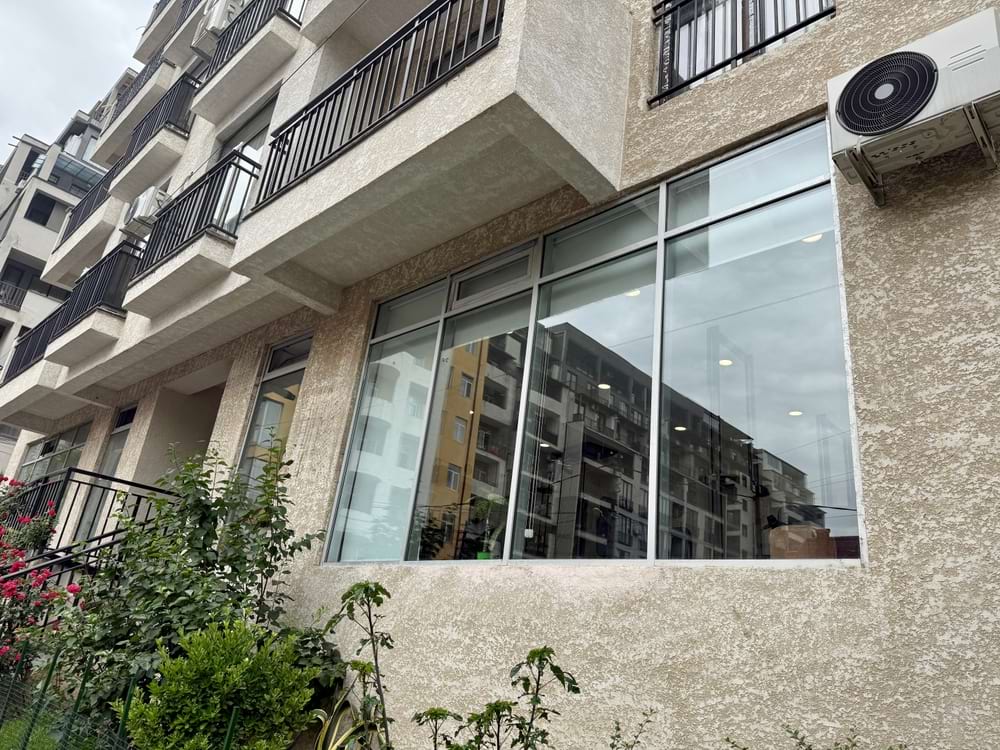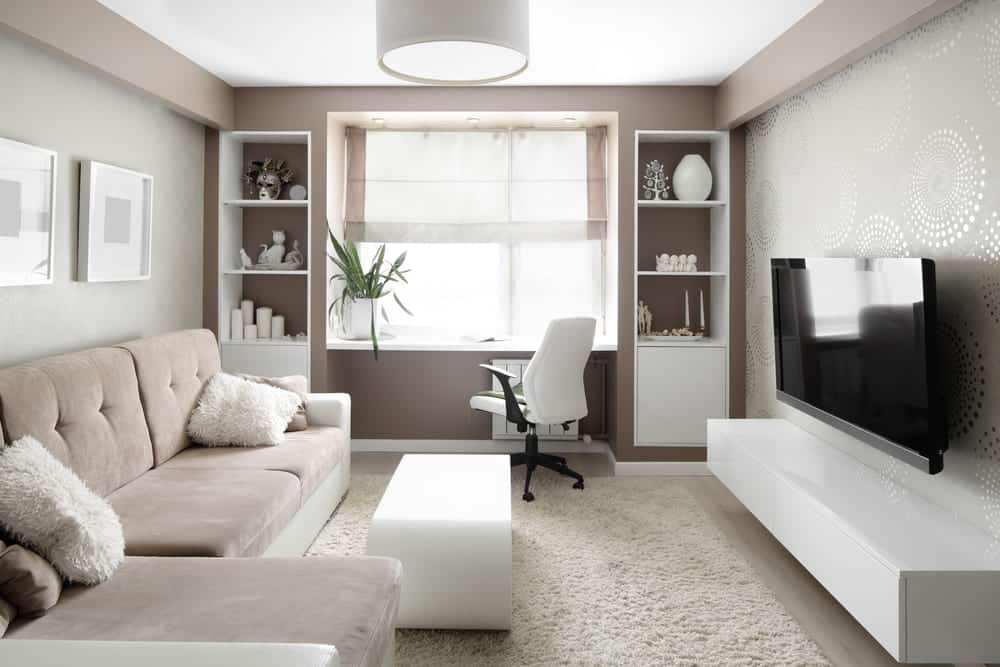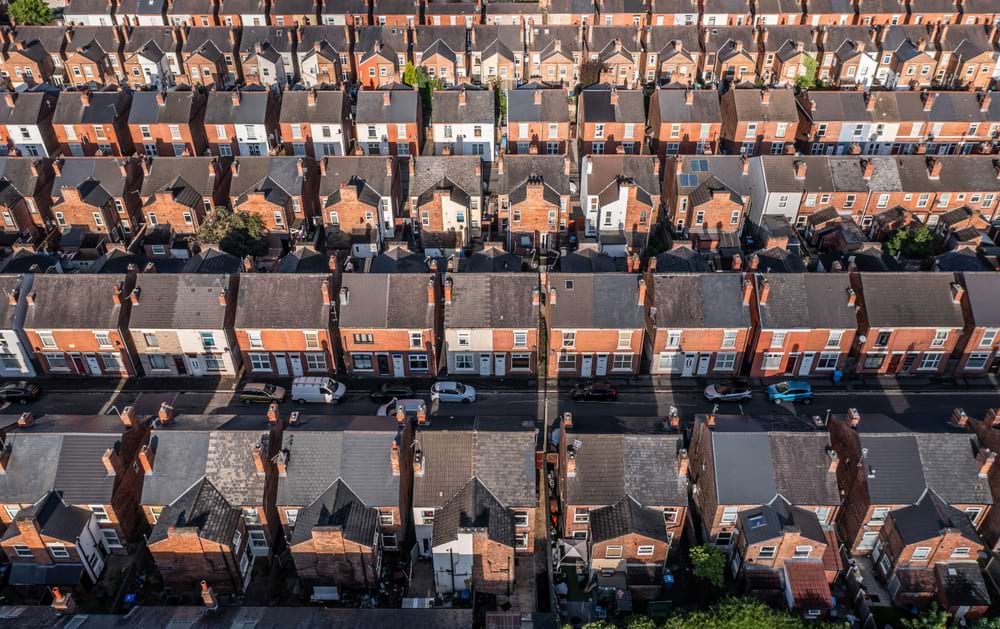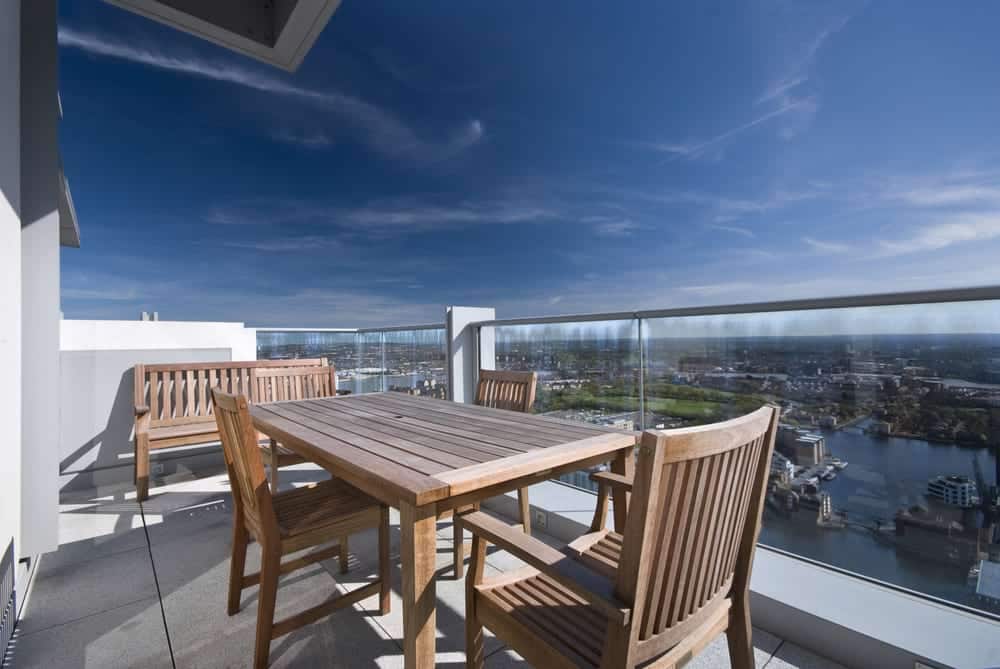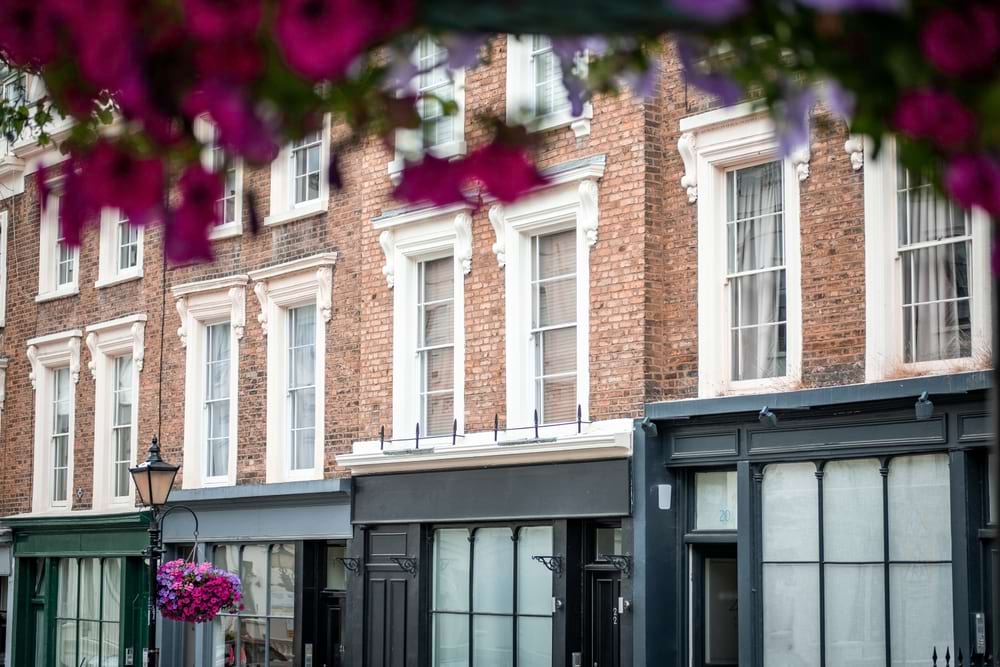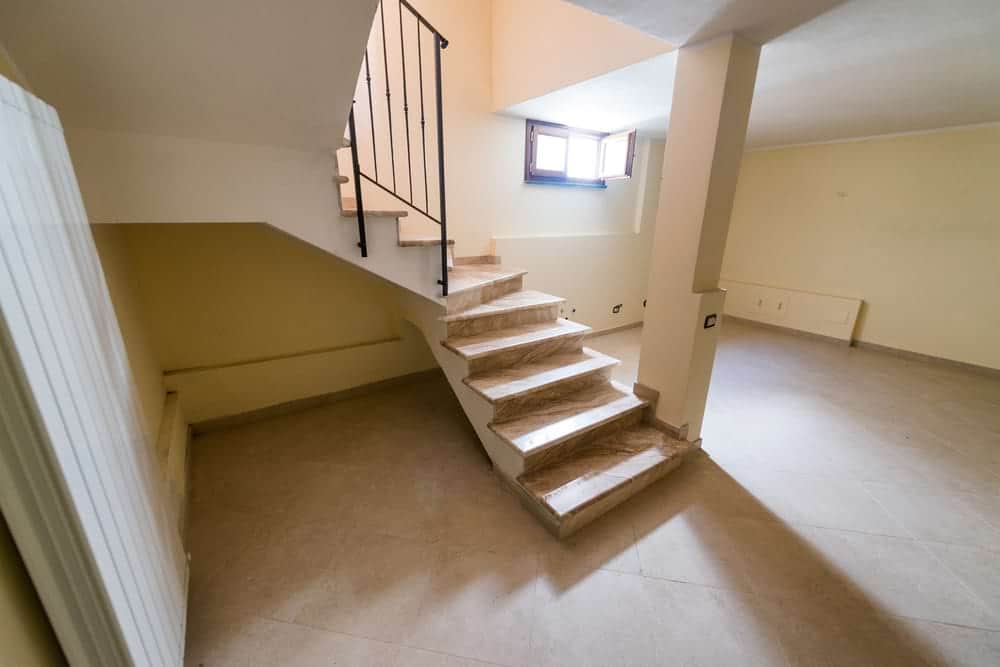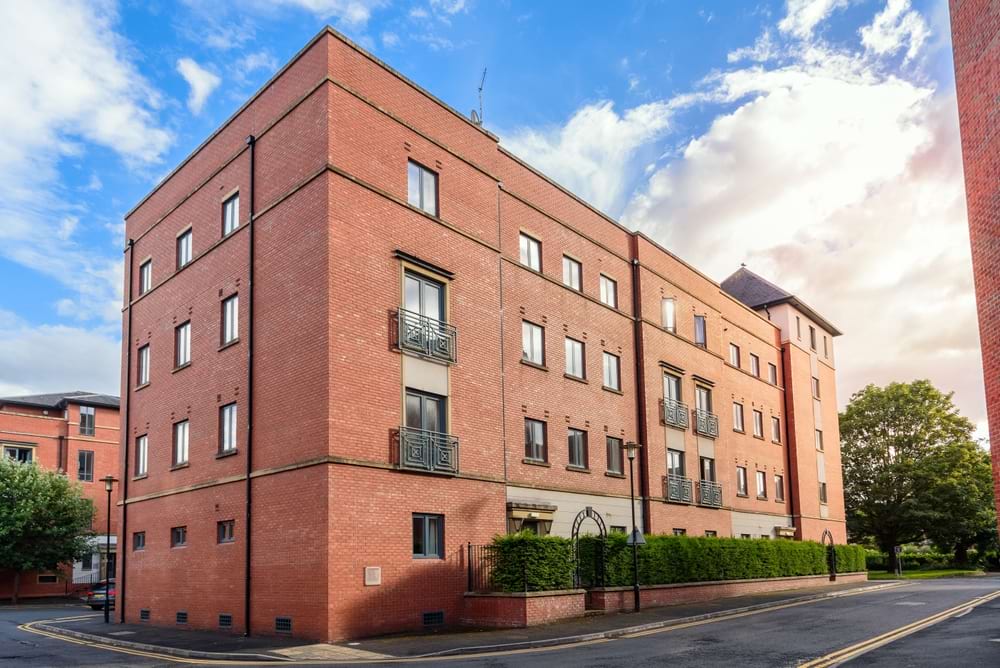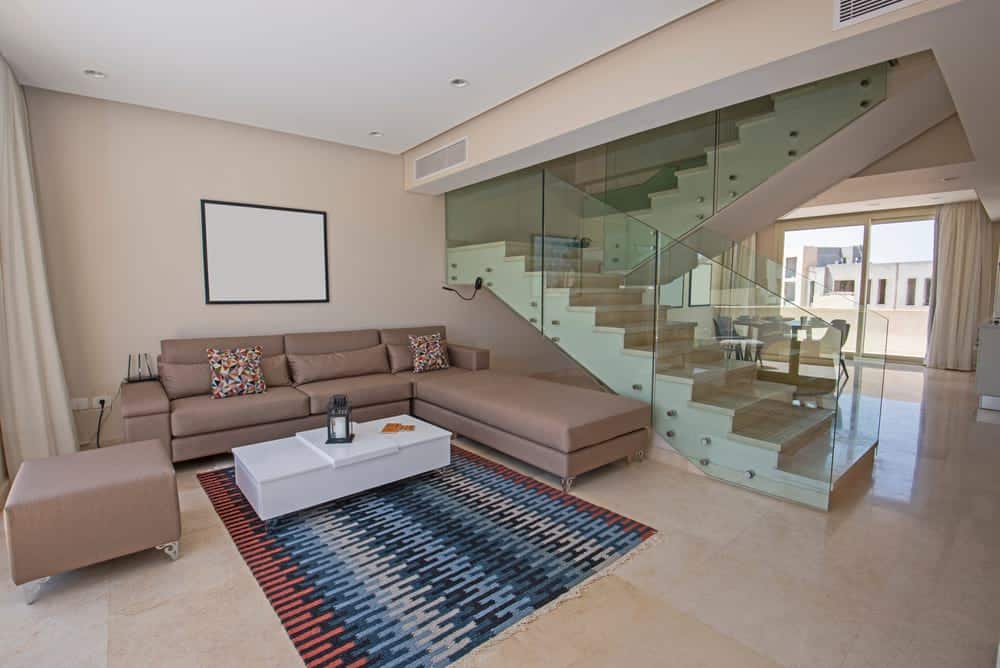Basement flats are a unique type of flat.
So, they come with unique advantages and disadvantages.
Understanding these will help you decide whether to rent one out (as a tenant or a landlord) or buy one.
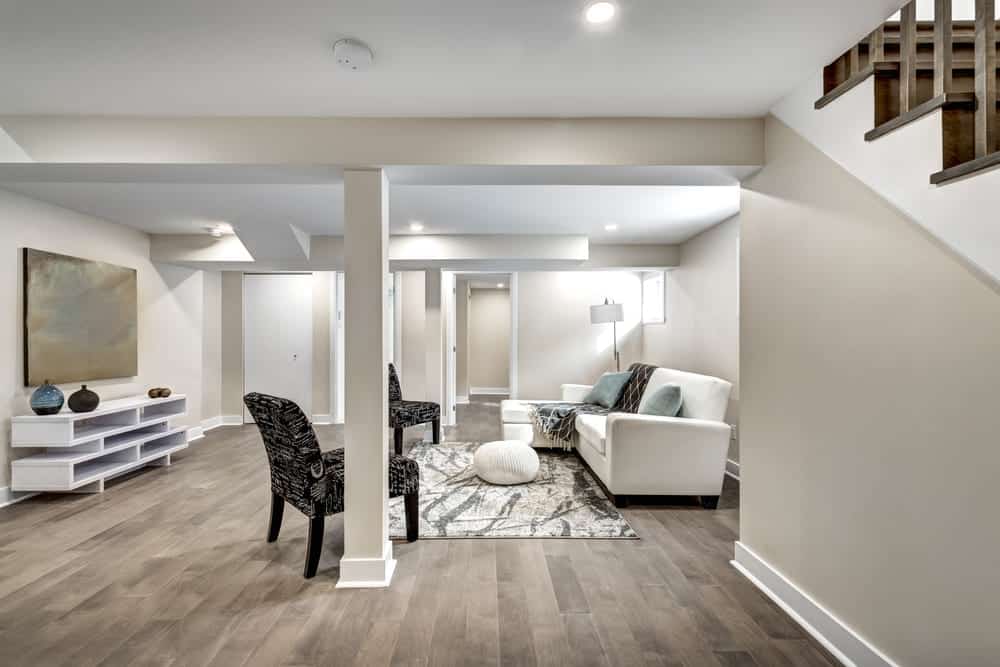
Basement flats
A basement flat is a self-contained, one-storey flat located below the ground floor of a building.
(Not to be mixed up with basement rooms, which share amenities with the rest of the building.)
They range from studio flats to flats with multiple rooms. And they share an entrance with other flats in the same building.
They are especially common in older buildings with raised ground floors and are rare in blocks of flats due to fire safety regulations.
Either way, they are most often found in major cities.
They often have skylights, but sometimes they might have one window. In both scenarios, this source of light or air will only be on one side of the flat.
Advantages and disadvantages of basement flats
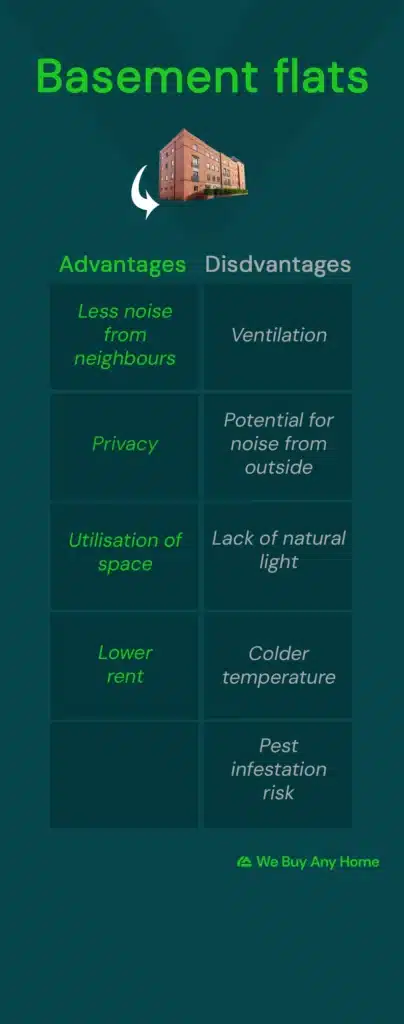
Advantages
Less noise from neighbours
Basement flats typically only have residences above them.
So, they don’t have to worry about noise coming from below or beside them, unlike many other flats.
Privacy
Basement flats have a high degree of privacy.
Their lack or dearth of windows (excluding skylights) means fewer people can see inside them.
And fewer immediate neighbours means fewer people can hear inside them. (A soundproof ceiling can further consolidate this.)
There are also fewer people passing by outside of them than in the same building.
Utilisation of space
Landlords or regular homeowners can utilise basement space by converting it into a flat.
Whilst the rental yield is lower than other types of flay (see below), it’s still more than nothing.
Lower rent
Basement flats are particularly suitable for people with low incomes. They have lower rates than flats in the same area.
This is particularly suitable for student tenants or young professionals, especially if they spend little time indoors.
Disadvantages
Ventilation
Mould growth and dampness are common in basement flats.
This is because there’s usually poor ventilation. You’ll need to make a concerted effort to keep the flat aired out.
Consult a specialist or perform regular cleaning in the affected areas. Installing an extractor fan and air dehumidifiers are also good ideas.
Outside noise
Basement flat windows are typically located at the street level outside.
This means the cars, footsteps, and conversations will all be piped straight into your flat when your skylight is open.
Lack of natural light
Basement flats are naturally dark.
There’s usually only one side, or skylight, that faces the outdoors.
And even then, if you’re surrounded by other buildings – like in a city – sunlight can struggle to get through.
Colder temperature
It’s a well-known fact that heat rises – and consequently, basement flats are usually cooler.
Less sunlight entering your windows also contributes to the temperature of your flat.
This can translate into higher heating costs each month.
You may also want to research which direction your windows face. This influences the time and quantity of sunlight you receive.
Pest infestations
When a property has a pest infestation, this usually occurs at its lowest level.
Basement flats are dark and prone to dampness, and they’re easier for pests to reach from the street, sewer or earth.
Lower selling price
With all the problems listed above in mind, basement flats typically sell at a lower price compared to equivalent flats on a higher level.
How much do basement flats sell for?
Basement flats are around 10% less expensive than flats on a higher level, on average.
In worst-case scenarios, this could even go up to 15%.
It depends on the unique circumstances of the:
- Location
- Condition
- Square footage
- Features.
Safety
Police data shows that basement flats and ground floor flats are the least safe.
This is largely due to them being relatively easy to access in contrast to flats on other floors. Burglars or other criminals can more easily climb through windows or remain unseen on these floors.

